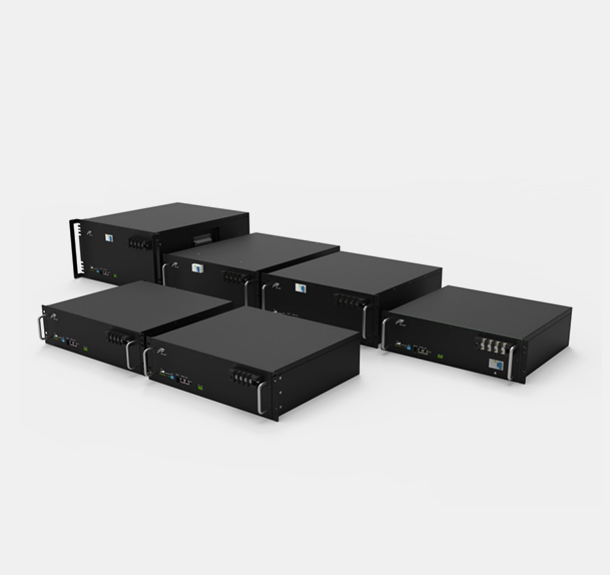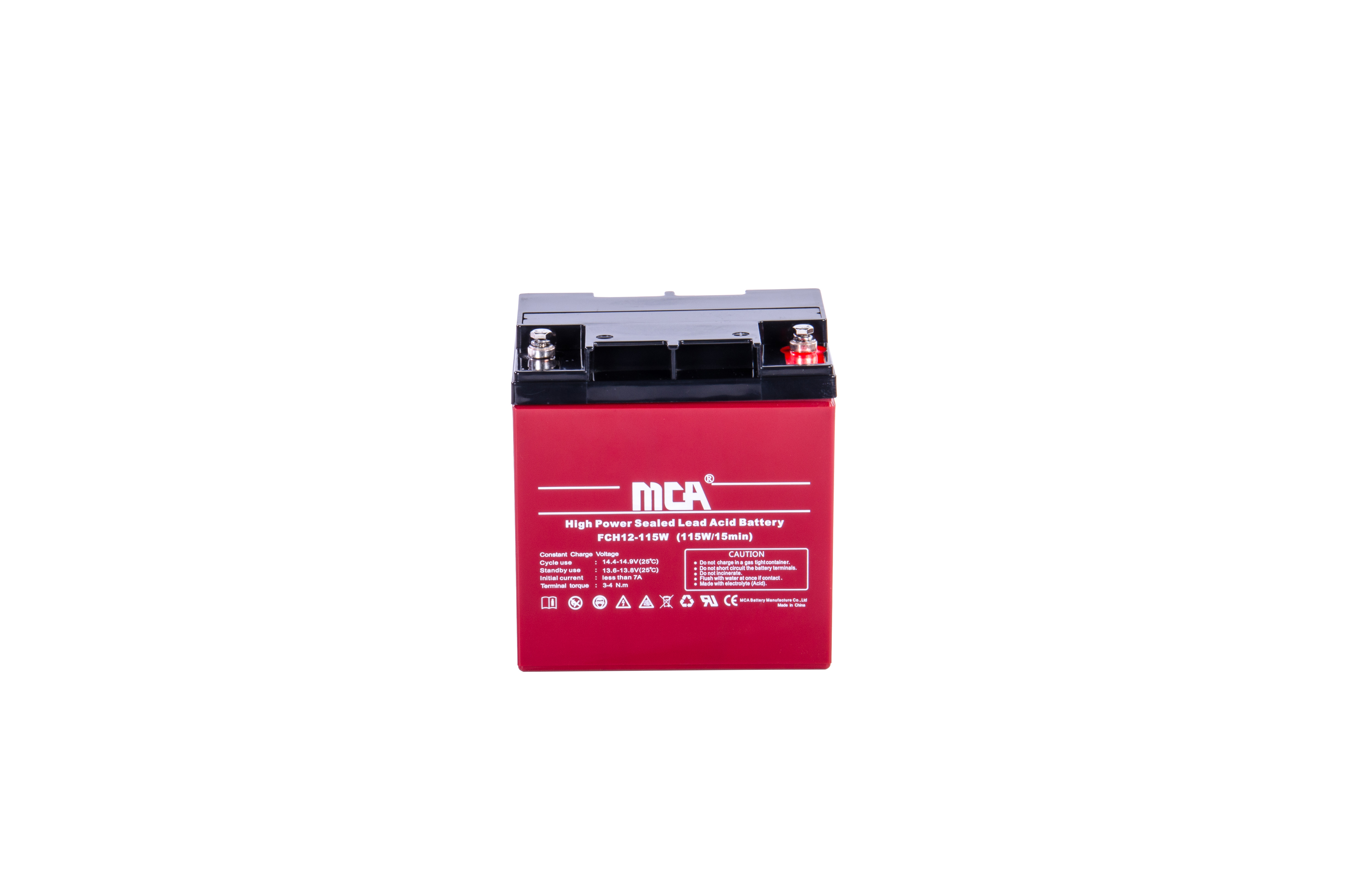02
2025
-
11
Maximize Efficiency with High Rate AGM Batteries: A Comprehensive Guide
Maximize Efficiency with High Rate AGM Batteries: A Comprehensive Guide
In today's fast-paced world, the demand for reliable and efficient power sources is at an all-time high. Among various battery technologies, **High Rate Absorbent Glass Mat (AGM) batteries** stand out due to their impressive performance characteristics and versatility. This comprehensive guide provides insights into the workings of high-rate AGM batteries, their applications, advantages, and how to maximize their efficiency in various settings.
Table of Contents
- What Are AGM Batteries?
- Benefits of High Rate AGM Batteries
- Applications of High Rate AGM Batteries
- Understanding Battery Efficiency
- Maximizing AGM Battery Efficiency
- Maintenance and Care of AGM Batteries
- Common Misconceptions About AGM Batteries
- FAQs About High Rate AGM Batteries
- Conclusion
What Are AGM Batteries?
AGM batteries, or **Absorbent Glass Mat batteries**, are a type of sealed lead-acid battery that employs a specialized fiberglass mat to hold the electrolyte, minimizing the risk of spillage. This unique design allows AGM batteries to deliver high power outputs, making them suitable for applications where rapid energy discharge is essential. Their construction enables them to withstand extreme conditions, including temperature fluctuations and vibration, making them a preferred choice for various industries.
Benefits of High Rate AGM Batteries
1. High Discharge Rates
One of the standout features of high-rate AGM batteries is their ability to deliver high discharge rates. This capability makes them ideal for applications requiring sudden bursts of energy, such as starting engines or powering heavy machinery.
2. Maintenance-Free Operation
High-rate AGM batteries are designed to be maintenance-free, meaning users do not need to check electrolyte levels or add water. This feature translates into convenience and lowers the total cost of ownership.
3. Enhanced Safety Features
The sealed design of AGM batteries prevents leaks and spills, making them safer to use in various environments. Their construction minimizes the risk of explosion or combustion, common concerns with traditional lead-acid batteries.
4. Long Lifespan
AGM batteries generally have a longer lifespan than conventional lead-acid batteries. With proper care and maintenance, they can last up to 6-8 years, providing reliable power over extended periods.
5. Environmentally Friendly
AGM batteries are recyclable and contain no free liquid acid, making them a more environmentally friendly option compared to many other battery types. This aspect appeals to eco-conscious consumers and industries aiming to reduce their environmental footprint.
Applications of High Rate AGM Batteries
1. Automotive Industry
High-rate AGM batteries are commonly used in the automotive industry for starting, lighting, and ignition (SLI) applications. Their ability to deliver powerful bursts of energy makes them ideal for starting high-performance engines.
2. Renewable Energy Systems
Many renewable energy systems, such as solar and wind power setups, utilize high-rate AGM batteries for energy storage. Their ability to charge quickly and discharge rapidly makes them a great fit for these dynamic environments.
3. Marine Applications
In the marine sector, AGM batteries are favored for their resistance to vibration and shock. They are commonly used in boats and yachts, providing reliable starting power and energy for onboard electronics.
4. Backup Power Systems
High-rate AGM batteries serve as a crucial component in uninterruptible power supplies (UPS) and backup power systems. Their efficiency ensures that critical systems remain operational during power outages.
5. Electric Vehicles (EVs)
With the growing demand for electric vehicles, high-rate AGM batteries are increasingly used in various EV applications. Their lightweight construction and high discharge capabilities contribute to improved vehicle performance.
Understanding Battery Efficiency
Battery efficiency refers to the ability of a battery to convert and store energy effectively while minimizing losses during charging and discharging cycles. Several factors influence battery efficiency, including internal resistance, temperature, and the charge/discharge rate. Understanding these factors can help users make informed decisions regarding the selection and use of AGM batteries.
1. Internal Resistance
Internal resistance plays a significant role in determining the efficiency of a battery. High internal resistance can lead to energy losses in the form of heat. AGM batteries typically exhibit lower internal resistance compared to traditional batteries, enhancing their efficiency.
2. Temperature Impact
Temperature fluctuations can significantly impact battery performance. AGM batteries perform optimally in a controlled temperature range, and extremes can lead to decreased efficiency. It's crucial to monitor and maintain optimal operating temperatures for peak performance.
3. Charge and Discharge Cycles
The way a battery is charged and discharged can affect its lifespan and efficiency. High-rate AGM batteries are designed to handle rapid charge and discharge cycles, making them ideal for applications that require quick energy transfer.
Maximizing AGM Battery Efficiency
1. Proper Charging Techniques
To maximize the efficiency of high-rate AGM batteries, employing the right charging techniques is essential. Use a charger specifically designed for AGM batteries to ensure optimal charging rates and prevent overcharging, which can damage the battery.
2. Regular Monitoring
Monitoring the state of charge (SOC) and health of the battery is crucial for maximizing performance. Regularly check voltage levels and conduct maintenance tests to ensure the battery is functioning at its best.
3. Temperature Management
Maintaining an optimal temperature range is vital for battery efficiency. Avoid exposing AGM batteries to extreme temperatures, either hot or cold, as this can lead to decreased performance and reduced lifespan.
4. Correct Installation
Proper installation of AGM batteries is often overlooked but is essential for efficiency. Ensure that terminals are clean, and connections are secure to minimize resistance and energy loss.
5. Avoid Deep Discharges
While AGM batteries can handle deep discharges better than traditional lead-acid batteries, it's advisable to avoid regularly discharging them below 50%. This practice helps prolong the battery's lifespan and maintains efficiency.
Maintenance and Care of AGM Batteries
Although AGM batteries are designed to be maintenance-free, proper care can significantly enhance their performance and lifespan. Here are some best practices:
1. Clean the Terminals
Regularly inspect and clean the battery terminals to ensure optimal conductivity. Corrosion or dirt buildup can hinder performance and should be removed promptly.
2. Store Properly
If you need to store AGM batteries, keep them in a cool, dry place away from direct sunlight and extreme temperatures. A stable environment helps maintain battery health.
3. Periodic Testing
Conduct periodic voltage and capacity tests to monitor the health of your AGM batteries. Early detection of issues can prevent unexpected failures and downtime.
4. Avoid Short Cycling
Avoid frequently charging and discharging your AGM batteries without sufficient time in between. This practice, known as short cycling, can lead to reduced efficiency and lifespan.
5. Follow Manufacturer Guidelines
Always adhere to the manufacturer's recommendations for charging, discharging, and maintenance. This guidance is crucial for maximizing performance and ensuring safety.
Common Misconceptions About AGM Batteries
1. AGM Batteries Are the Same as Gel Batteries
While both types of batteries are sealed lead-acid batteries, AGM and gel batteries have different internal structures and applications. AGM batteries have a fiberglass mat that absorbs the electrolyte, while gel batteries use a silica-based gel.
2. AGM Batteries Do Not Require Maintenance
AGM batteries are often labeled as maintenance-free, but monitoring their condition and ensuring proper care can significantly enhance their performance and lifespan.
3. AGM Batteries Are Heavier than Traditional Batteries
AGM batteries are generally lighter than traditional lead-acid batteries of equivalent capacity. Their advanced technology allows them to pack more energy into a smaller and lighter footprint.
FAQs About High Rate AGM Batteries
1. What is the expected lifespan of a high-rate AGM battery?
With proper care and maintenance, high-rate AGM batteries can last between 6 to 8 years, depending on usage and environmental conditions.
2. Can AGM batteries be used in extreme temperatures?
AGM batteries perform best in moderate temperatures. While they can withstand extreme conditions, prolonged exposure may impact their efficiency and lifespan.
3. Do AGM batteries require special chargers?
Yes, using a charger specifically designed for AGM batteries is essential to ensure appropriate charging rates and prevent damage.
4. How often should I check my AGM battery's voltage?
It is advisable to check the voltage levels of your AGM batteries at least once a month to monitor their state of charge and overall health.
5. Can AGM batteries be recycled?
Yes, AGM batteries are recyclable. They contain no liquid acid, making them safer and easier to recycle than many traditional battery types.
Conclusion
High-rate AGM batteries are revolutionizing the way we power our devices and systems. Their unique advantages, including high discharge rates, maintenance-free operation, and enhanced safety features, make them a popular choice across various industries. By understanding how to maximize the efficiency of AGM batteries through proper care, maintenance, and efficient usage, users can ensure optimal performance and longevity. This comprehensive guide serves as a valuable resource for anyone looking to harness the full potential of high-rate AGM batteries in their applications.
Relevant News









